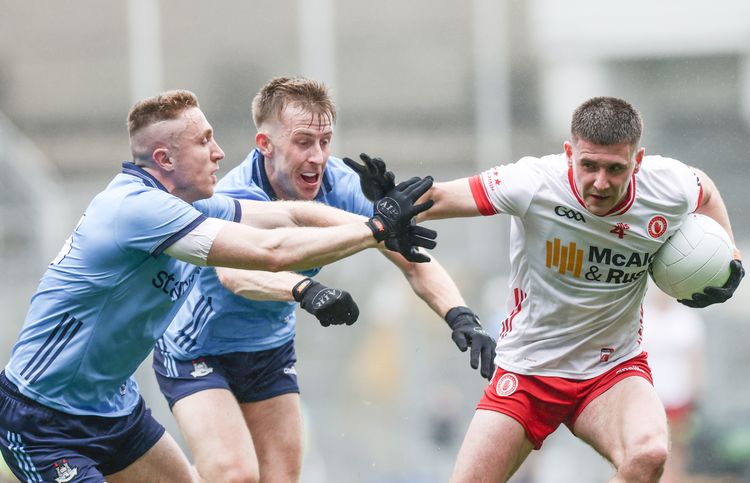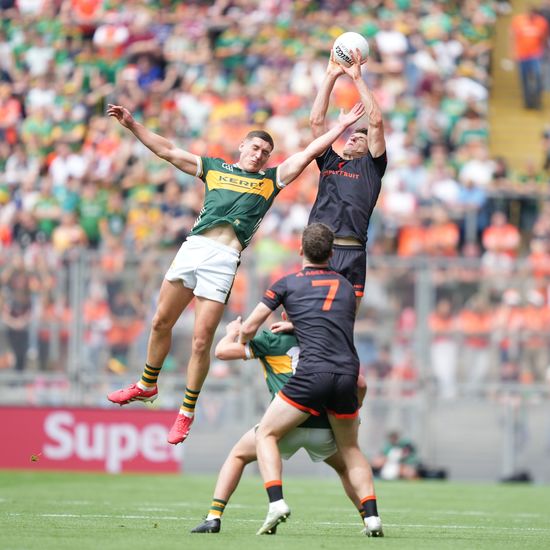Fionnuala Doran.
Page Turner / Edited by Peter McDermott
The very design of the cover of Fionnuala Doran’s “The Trial of Roger Casement” helps explain why many regard her subject as the most intriguing personality involved with the Easter Rising, containing as it does the terms “consul,” “rebel,” “British traitor” and “Irish patriot.”
Having previously been honored for his work in the Congo, he was knighted in 1911 by King George V for his exposure of appalling human-rights abuses in Peru. Just five years later, on Aug. 3, 1916, the former diplomat was executed for treason at Pentonville Prison, London.
“I’ve been fascinated with Casement since I first heard his story,” said Doran, who leads Teesside University’s BA in comics, graphic novels and sequential art.
The result is her own graphic novel that follows Casement’s arrest, trial and execution, and depicts the events in New York City and Germany that led to him to Banna Strand, Co. Kerry, just over three months before his death.
Casement, a long-time sympathizer of the Irish separatist cause, joined the movement after his resignation from the British civil service in 1913. Then, just as World War I broke out, he went to Germany to seek military aid for a rebellion back home.
Ultimately, said Doran, he was “trapped between an unhelpful German government, the British secret service and the rebels in Ireland planning an uprising he was sure would fail.
“At his side the whole time was a mystery man known as Adler Christensen. He may have been Casement’s lover, or a British spy, or both,” she continued. “[Casement’s] trial is one of the most significant of the 20th Century, and at its conclusion he was hanged and thrown into the lime pit alongside murderers and rapists.”
Fionnuala Doran
Date of birth: Oct. 5, 1984
Place of birth: Lurgan, Co. Armagh
Residence: Glasgow
Published works: “The Trial of Roger Casement”
What is your writing routine? Are there ideal conditions?
I’ve been trying to stick to 25 minutes on, five minutes off, but that goes out the window when you’ve got a deadline looming. Writing a graphic novel takes quiet, lots of thought and regular breaks, whereas drawing that same script takes regular cups of tea and a lot of podcasts to listen to.
What advice do you have for aspiring writers?
Pitching to a publisher is actually the easiest part of the whole process—the hardest bit is getting the right email to send the pitch to. I participated in a lot of comic workshops and volunteered at comic events while I was in London, so built up a good network of industry contacts which really helped.
Name three books that are memorable in terms of your reading pleasure.
“City of Glass,” the comic adaptation by Paul Karasik and David Mazzucchelli of Paul Auster’s novel; “Hellboy” by Mike Mignola; “Life? Or Theatre?” by Charlotte Salomon. All three opened my mind to how a story could be told with words and pictures combined.
What book are you currently reading?
I’m ashamed to say I don’t have any books currently on the go. I was recently given “Dream of the Celt” by Mario Vargas Llosa. Hopefully I’ll get some downtime before the new semester starts to finish it.
Is there a book you wish you had written?
Not so much a book as books: Chris Claremont’s original run on X-men, from 1975-1991.
Name a book that you were pleasantly surprised by.
“Preacher,” by Garth Ennis and Steve Dillon. A good deal funnier, and more Irish than expected.
If you could meet one author, living or dead, who would it be?
Roger Casement himself, of course.
What book changed your life?
A close tie between “How to Draw Comics the Marvel Way” by Stan Lee and John Buscema, and” Sisters… No Way” by Siobhán Parkinson. “How to Draw Comics” is the instruction manual for creating comics. “Sisters… No Way” is the book that marked my transition to teen angst. It was so important to read a book about girls like me living in the Ireland I knew.
What is your favorite spot in Ireland?
I’m very fond of the Avoca canteen in Belfast.
You're Irish if...
You feel Irish. That’s all it takes!










